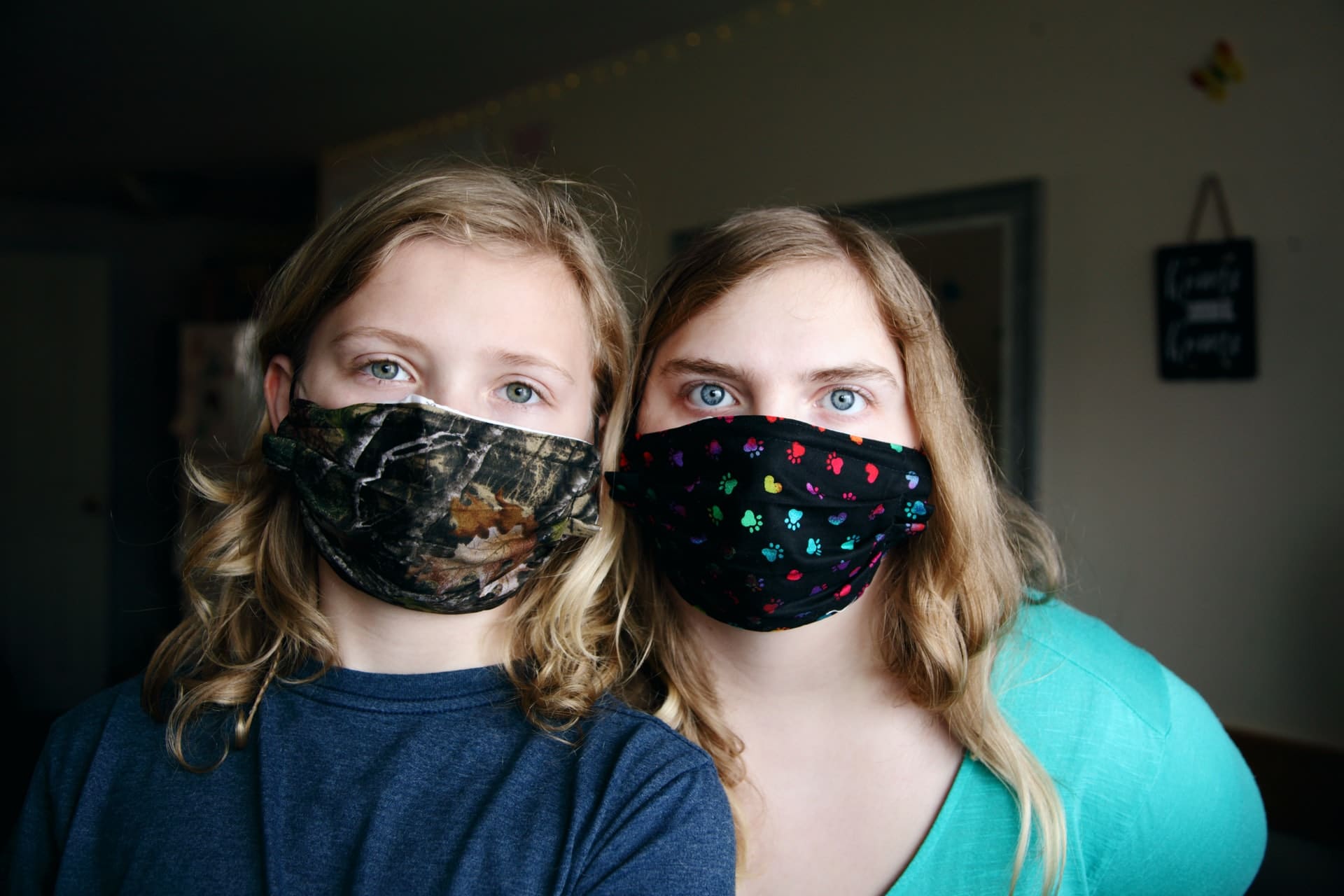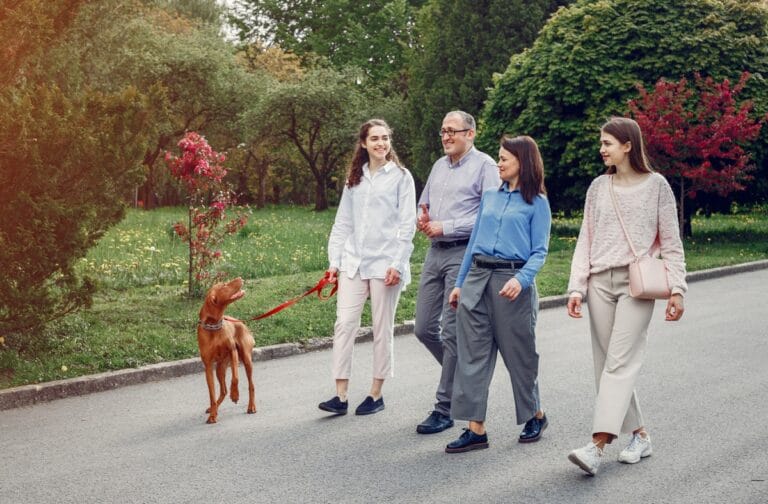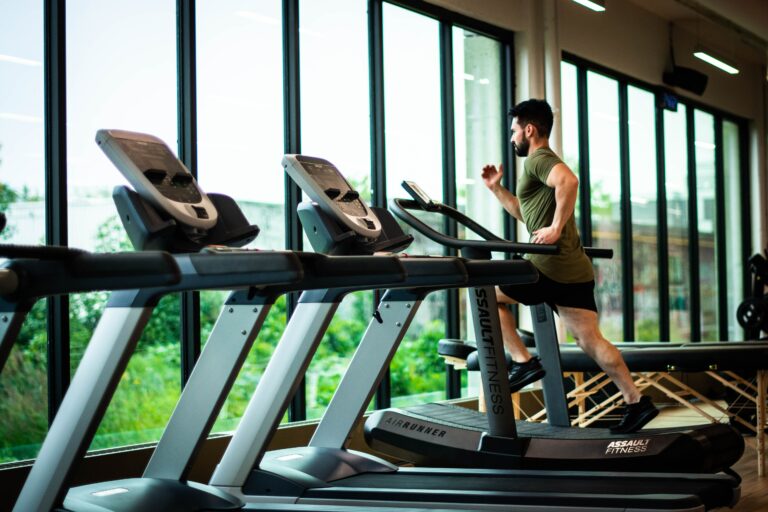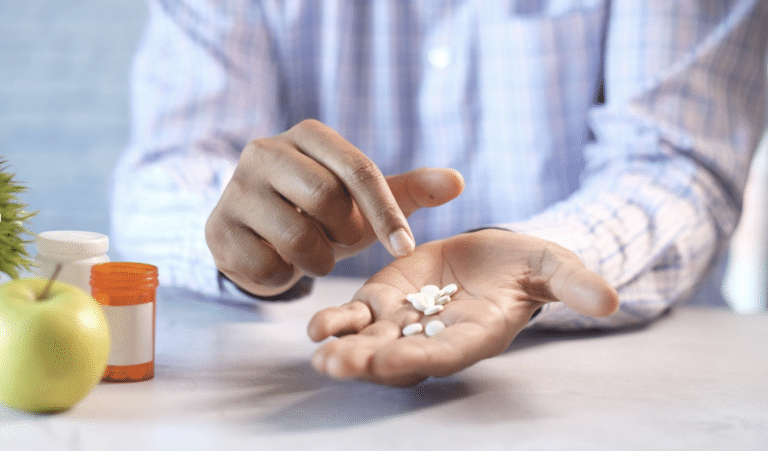The US Federal Government and the CDC agree in their recommendation that the public should wear masks, especially in areas where social distancing measures are hard to maintain such as supermarkets and public transport.
At the start of the pandemic, we saw face mask as a way to limit the public’s exposure to infected people and make sure they don’t spread the virus. For the most part, masks were worn by healthcare staff and people who already displayed symptoms. However, we recently discovered that people can be highly infectious without developing any symptoms at all. The asymptomatic cases were the main reason why masks became widespread and the public adopted the motto “Act as if you have the virus”. We still continue to learn more about the virus, but we all agree that masks are an infective preventive tool.
Effectiveness Of Masks
Masks are effective and certain types of masks are more effective than others. Cloth masks or ‘medical masks’ are the most widespread and they provide basic protection against droplets. Respirator masks such as the N95 and Face Mask provide filtration systems, which means all air being inhaled is ‘clean’ and refined because the filter traps the harmful particles.
Research shows that the virus is spread in the air via small droplets that we exhale when we sneeze, cough, or talk. Even talking can spread COVID-19 particles. When an infected person speaks, they release small thousands of tiny, invisible particles that remain in the air. In fact, a single cough releases 3000 droplets that may stick around surfaces for as much as 16 hours at a time.
If one person is wearing a mask they’ll have a hard time inhaling the droplets. If both people are wearing a mask, the chance of the virus spreading decreases to almost 0%.
However, wearing a mask should not be the be-all-end-all protective solution. We now know that droplets can travel up to 6 feet in the air. This is approximately the length of an alligator. In order to protect yourself, you also have to reduce your exposure to droplets which means avoiding public gatherings and keeping a distance between other people – including frequent hand washing.
Other Protective Measures
Aside from keeping a distance and washing regularly, we must also ensure we touch our faces less. Yes – this includes NOT touching the mask! When you remove the mask, you should take it off from the sides and avoid touching the front because many harmful virus particles can be stuck to the front of the mask. Most virus particles stick to the cloth of the mask. In order to maximize your safety, either discard the mask right away or wash it before you lay it on a surface in your home.
Conclusion
Our conclusion is that masks help flatten the curve by providing protection against infectious droplets. If an infected person and a healthy person are both wearing masks, the chance of transmission decreases significantly. However, there are other aspects that can affect the effectiveness of the mask. For instance, having a tight fit around the face can ensure the air particles can’t penetrate from the sides – especially if there’s an opening due to a beard or a short fit.
Most respirator masks provide a close fit to the face and don’t allow a single particle to penetrate through the filtration system. These masks are called “filter masks” and Ditto Mask is an example of an effective filter mask. The mask provides up to 200% more protection compared to a cloth mask and a tight fit around the face.











